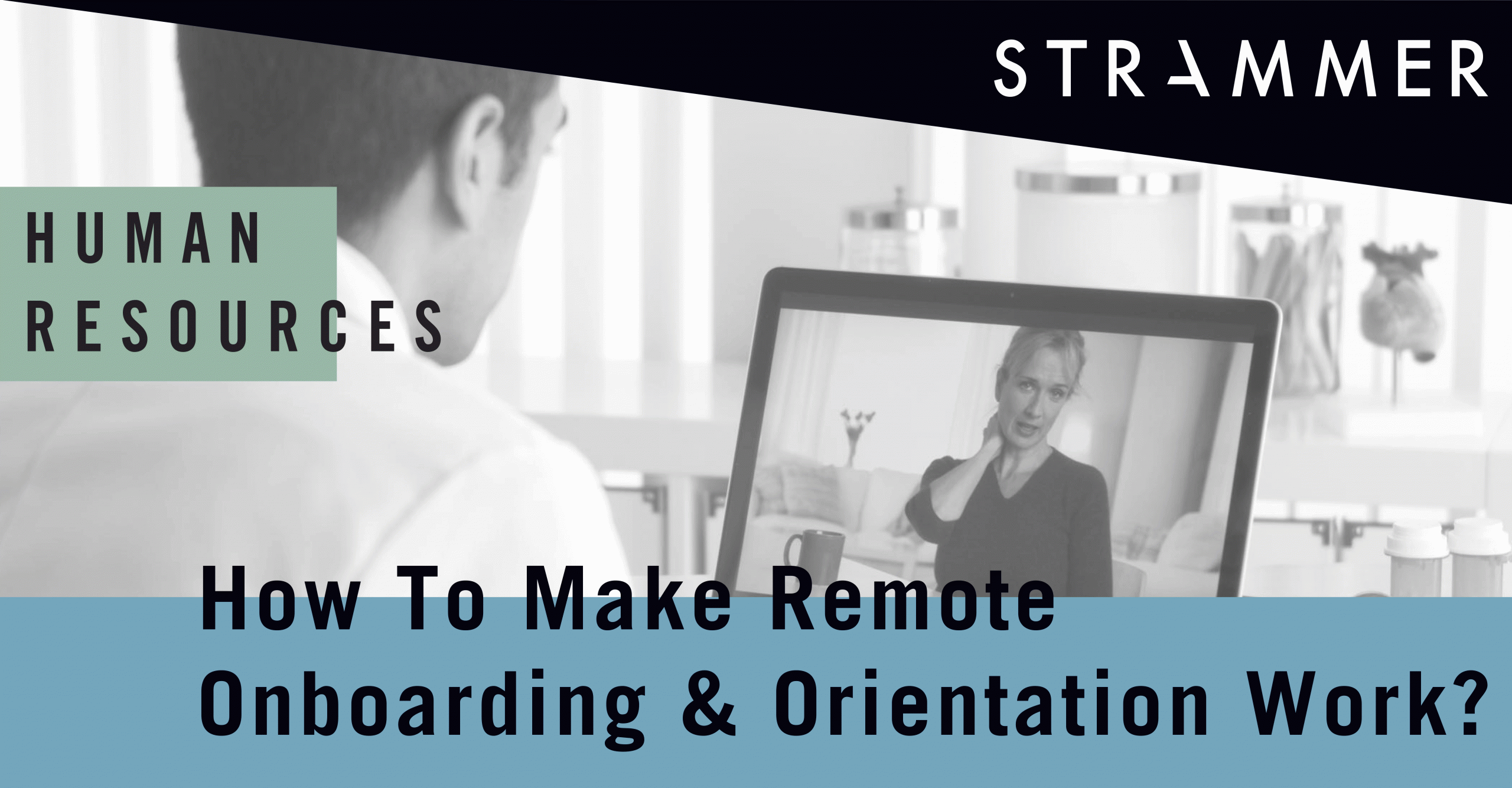Remotely Administering On-boarding And Orientation
The on-boarding and orientation of new recruits are an imperative piece of Talent development. It teaches newcomers how to function in their new office setting. Effective orientation programmes have been connected to longer working terms, higher contentment, better motivation, and more referrals. However, managing on-boarding and orientation during Coronavirus can be a difficult ordeal. It can be confusing to navigate through distributing data, doing introductions or presentations, and training during the first weeks virtually. However, with regards to both conventional and remote on-boarding, the motives are similar—to help workers feel welcomed by their colleagues, ready for their first day and sure about the functioning of their new job. The main distinction is that, rather than an office situation with human presence, remote on-boarding utilizes a virtual interface to fill the gap.
Using effective strategies will help mimic the positive effects of traditional on-boarding methods and produce similar results.
The most important criteria to remotely manage on-boarding and orientation is to introduce structure. With the current crisis, the previous rules have gone under unprecedented changes and most employees are unclear about several proceedings, especially when it comes to their work. Orientation itself is a process notoriously known to be excessive and confusing. Coupled with the face-to-face interaction during virtual orientations, the new employee may be confused and therefore demotivated. It would be greatly beneficial to therefore start early in drafting the orientation presentations and tailor them in accordance to each department rather than traditional day long presentations with copious and irrelevant information. Put forth an attempt to digitize orientation handbooks, documentation, data, and company morals. Numerous organisations use an intranet or interior wiki to keep up computerised documentation of all company details. This information should be easy to access and will give them an understanding of the business even without being present at the office.
The same principle can be applied to company communication methods. Drafting a structured and effective online communication platform where the newly hired personnel can reach out and expect similar response rates as they would have in the office is imperative. However, it is essential to have boundaries and discourage a ritual of unprofessional or hard-to-track practices such as using Facebook. To do this, a standard communication medium should be set up like Email chains, or Microsoft Teams. Remember to set this up before the on-boarding process so that the new recruits have access to all necessary equipment to start.
Lastly, try to avoid micromanaging. Working remotely means that you have less control about what is happening on the other side. Managers attempting to screen and dominate workers’ time can give rise to sentiments of indignation and insecurity. The best part of virtual work is the psychological sense of freedom which can bring out independence and creativity and therefore help the company in the long run. Additionally, using Emotional Intelligence while managing on-boarding and orientation during coronavirus is essential.
References
- 5 Secrets Of On-boarding 100% Remote Workers Revealed By Hiring Experts And Leaders, Nov 6, 2019, Forbes.
- 3 Strategies For Acing Remote Workforce On-boarding, Mar 4, 2020, Glassdoor.com





